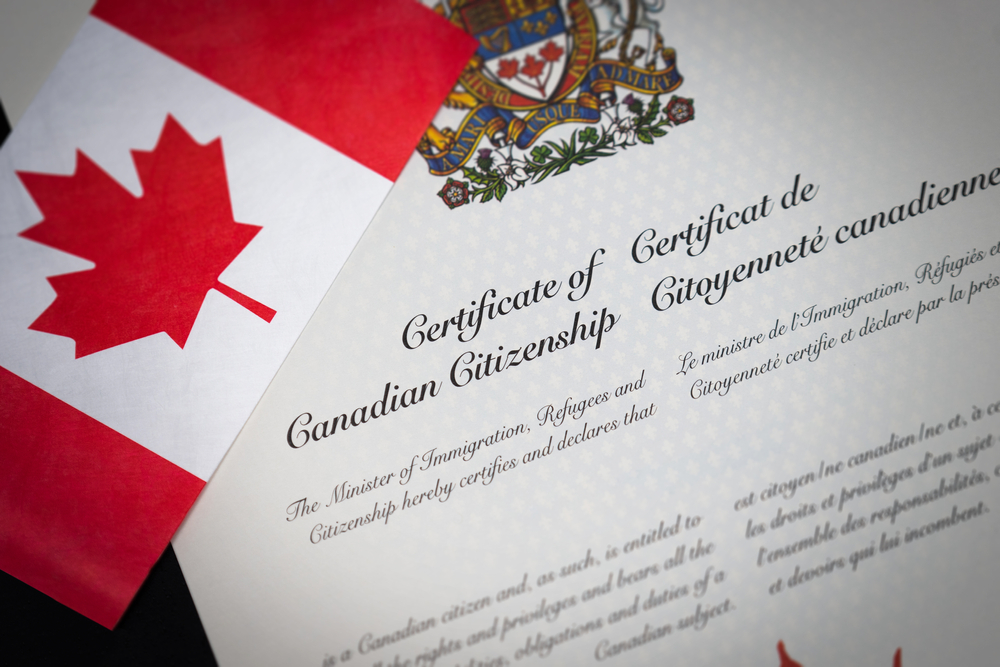Local candidates to be selected using Express Entry draws
What is Express Entry Draws? Let us break this down.
This is a way that Canada manages applications for skilled workers that are interested in becoming permanent residents. First, qualified immigration candidates will submit their profiles on the government’s website. And just about every two weeks, the top-ranked candidates are then invited to apply for permanent residence.
To qualify for the Express Entry there are three economic immigration programs that one must meet the criteria for; the Federal Skilled Worker Program(FSWP), Federal Skilled Trades Program(FSTP), and the Canadian Experience Class(CEC).
On February 13, Canada invited every eligible candidate from the CEC, totaling 27,332 candidates. This surpassed any draw ever made since January 2015 when the Express Entry was launched. Before this, the most IRCC ever invited at a time from Express Entry was 5,000. The department attributed this to their effort to assist more candidates already working in the country to stay. With 90 percent of Canadian Experience Class candidates already in Canada, it means they will not be affected by the travel restrictions in place.

Here are some other ways Canada plans on meeting its 2021 immigration target
Canada is also using other economic class streams to facilitate the transition of the local candidates to permanent residence. One of these is the Provincial Nominee Program. The PNP allows nomination by Canadian provinces, of individuals interested in immigrating to Canada.
Another stream is the Atlantic Immigration Pilot Program(AIPP) which allows appointed local employers to identify, recruit as well as retain global talent.
The Family class immigration stream is also being used to achieve the target. Immigrants in the Family class have been exempted from the travel restrictions in Canada and can complete permanent residence landings.
From December 14, Canada started receiving permanent residence applications from refugee claimants involved in offering direct healthcare to Canadians. The IRCC and Quebec began this to show appreciation for their contribution during the pandemic.
Why is immigration key to economic recovery for Canada?
Due to an aging population and a low fertility rate that has maintained below the replacement level of 2.1 babies per woman since 1971, Canada turns to immigration to cushion its demographic challenges.
With 9 million baby boomers getting to retirement age this decade, Canada will be unable to sustain a competitive economy, due to labor shortage. This is why it seeks higher immigration to support the population and labor growth it requires to maintain high living standards.
It seems Canada is ready to achieve its 401,000 target as IRCC data shows almost 50,000 new permanent residents in the first two months of 2021.






